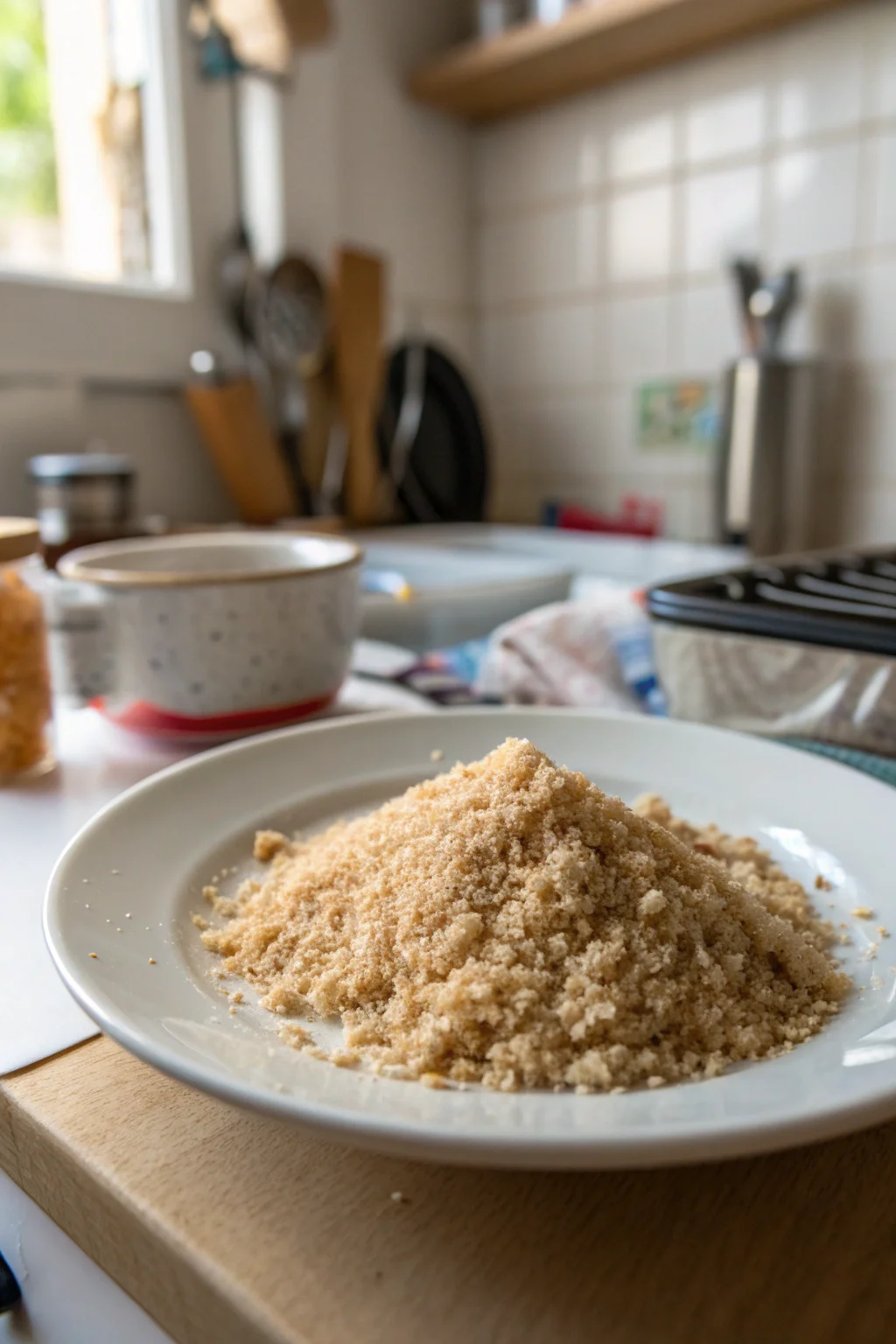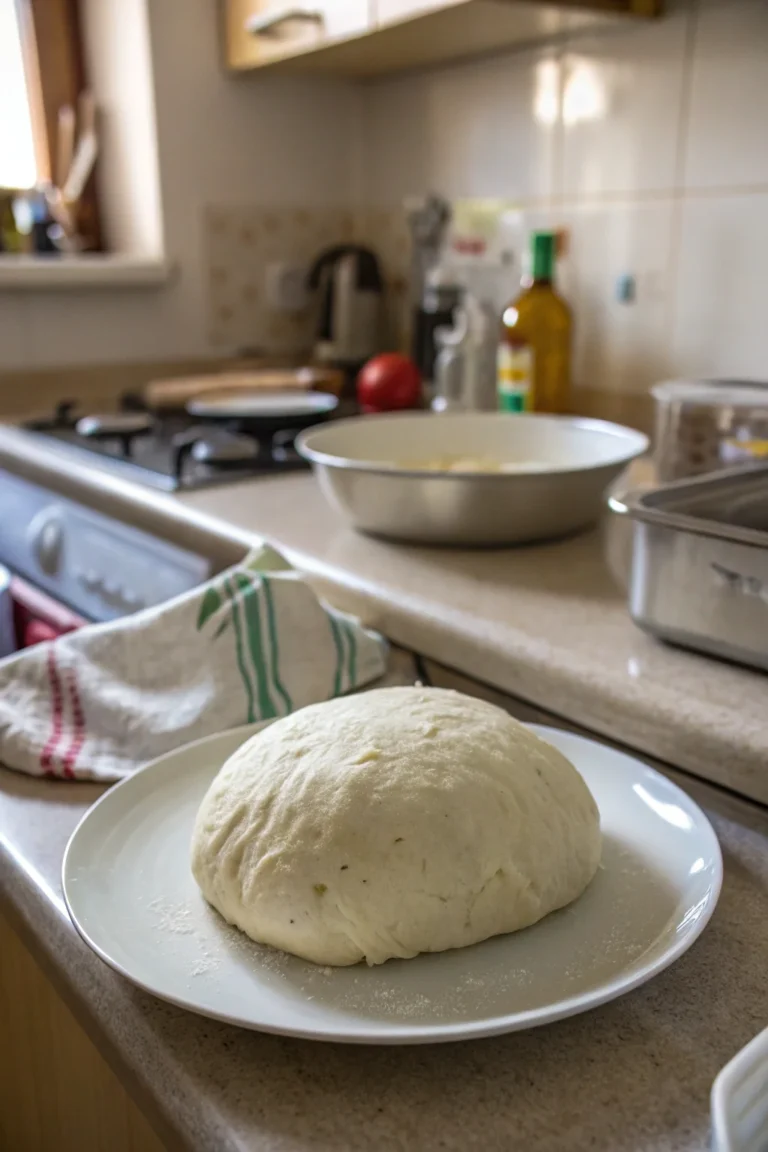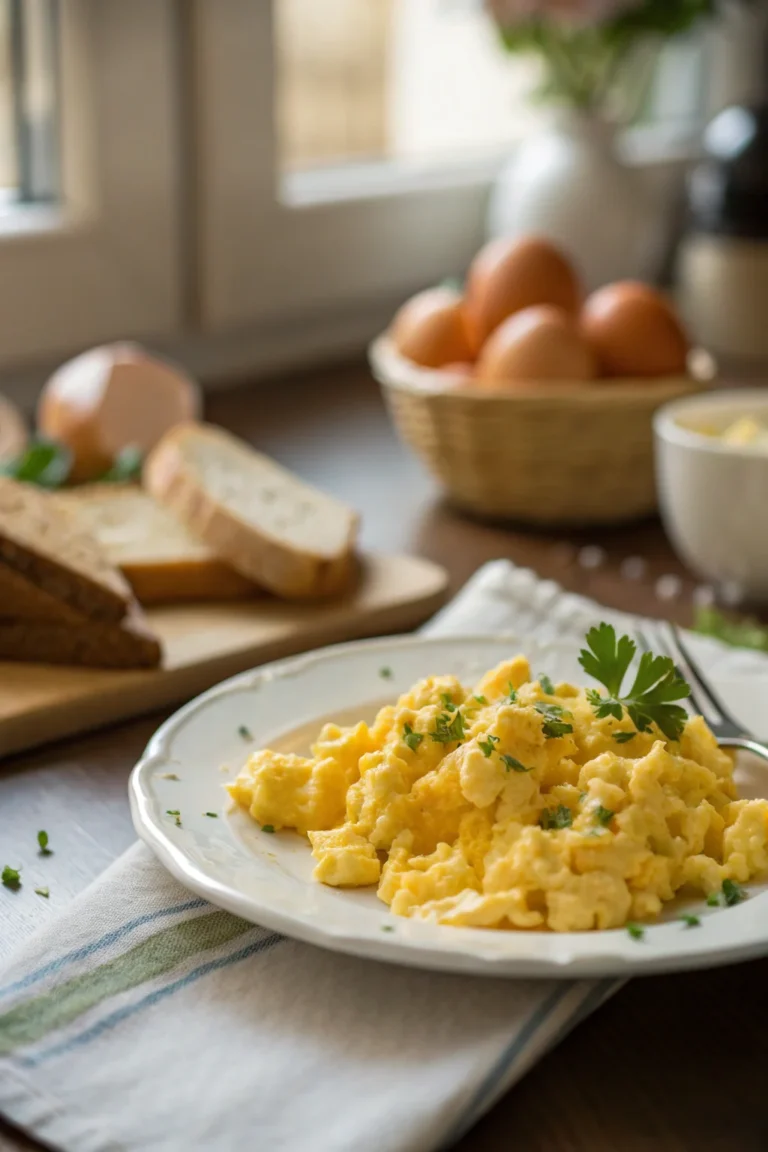How to Make Homemade Breadcrumbs | Quick Guide
Making homemade breadcrumbs is an excellent way to use up leftover bread while enhancing your culinary creations. Whether you’re preparing a crispy coating for chicken or adding a crunchy texture to pasta, homemade breadcrumbs are simple to make and can be customized to your taste. In this guide, we’ll explore the steps to create your own breadcrumbs at home and answer common questions to help you perfect this process.
Table of Contents
What Ingredients Do I Need to Make Homemade Breadcrumbs?

To make homemade breadcrumbs, you only need a few simple ingredients:
- Bread: Any type will do, such as white, whole wheat, sourdough, or gluten-free. Stale bread works best because it is easier to process into crumbs. If you have leftover bread that has become too hard to enjoy on its own, it’s perfect for breadcrumbs.
- Optional Seasonings: Add herbs, spices, or salt for flavor. Common choices include garlic powder, dried herbs like thyme or rosemary, and even a dash of cayenne for a little heat. Seasonings can immediately change the profile of your breadcrumbs, giving you endless possibilities.
You can expand your breadcrumb repertoire by using different types of bread and seasonings. Experiment with various combinations to find what you love. For instance, using rye bread with caraway seeds can impart a unique flavor to your dishes, or try an Italian loaf with basil and oregano for a Mediterranean taste.
How Can I Prepare the Bread for Breadcrumbs?
To prepare the bread:
- Dry the Bread: If the bread is fresh, dry it out by leaving it uncovered overnight or baking it in a low oven (250°F) for about 15–20 minutes. This step is crucial because moisture in the bread can lead to clumping and uneven crumbs. The goal is to have bread that is dry enough to crumble easily.
- Cut into Pieces: Cut the bread into cubes or tear it into smaller pieces to make processing easier. Smaller pieces ensure that the bread processes evenly, preventing large chunks that could disrupt the texture.
By ensuring the bread is dry and in manageable pieces, you’ll create breadcrumbs that are even in texture. This attention to detail pays off when your breadcrumbs provide the perfect crunchy coating or binding for your dishes.
What Equipment Do I Need?
Making breadcrumbs is simple with the right equipment:
- Food Processor: Ideal for quick and even breadcrumbs. This tool allows you to process a large batch in a short time, ensuring uniformity.
- Blender: Works well if a food processor is unavailable. You may need to stop and stir occasionally to ensure even processing.
- Grater: Use for a coarse texture if you prefer manual methods. A box grater can be particularly useful if you want more control over the size of the crumbs.
Each tool has its advantages, but a food processor is the most efficient option for quick, consistent results. If you prefer a more hands-on approach, using a grater or crushing the bread manually can be satisfying and give you the exact texture you want.
How Do I Make Breadcrumbs in a Food Processor?
To make breadcrumbs using a food processor:
- Process the Bread: Place the bread pieces in the food processor. Pulse until you reach the desired consistency. Be careful not to over-process if you want coarse crumbs; just a few pulses are often sufficient.
- Season: If desired, add spices or herbs while processing. This step allows the seasonings to distribute evenly throughout the crumbs.
- Store: Transfer to an airtight container for storage. This prevents moisture from re-entering the crumbs, which can cause them to spoil or clump.
This method ensures even breadcrumbs, perfect for various recipes. Adjust the processing time based on your texture preference. Remember, for a finer crumb, you can process longer, but for chunkier crumbs, shorter bursts are best.
Can I Make Breadcrumbs Without a Food Processor?

Yes, you can make breadcrumbs without a food processor:
- Grater Method: Use a box grater for coarse crumbs. This is a great method if you’re aiming for larger, rustic crumbs that offer more texture.
- Blender Method: Blend in small batches, pulsing until the desired texture is achieved. This method can be nearly as effective as a food processor, though it may require more time and patience.
- Manual Crushing: Place dried bread in a plastic bag and crush with a rolling pin. This is a simple, low-tech method that works well for small batches and gives a satisfying crunch to the process.
These alternatives allow you to make breadcrumbs even without specialized kitchen equipment. They’re perfect for those just starting to build their kitchen arsenal or for those who prefer more traditional methods.
How Do I Make Panko-Style Breadcrumbs?
Panko-style breadcrumbs are lighter and flakier:
- Use Crustless Bread: Trim the crust for a lighter texture. The absence of crusts allows for the light, airy crumbs that are characteristic of panko.
- Process: Use a food processor or manually tear bread into larger crumbs. This helps achieve the irregular shape and texture typical of panko breadcrumbs.
- Bake: Spread on a baking sheet and bake at 300°F for 5–7 minutes, monitoring for a light golden color. This step crisps the breadcrumbs, making them perfect for frying.
This method gives you airy, crispy breadcrumbs ideal for frying. Panko breadcrumbs are particularly popular in Japanese cuisine and are used to create a light, crispy coating on foods like tempura.
How Do I Store Homemade Breadcrumbs?
To store homemade breadcrumbs:
- Airtight Container: Use a sealed container or bag. This helps keep out moisture and air, preserving the freshness of your breadcrumbs.
- Refrigerate or Freeze: Store in the refrigerator for up to a month or freeze for up to three months. Freezing is a great way to keep breadcrumbs handy for sudden culinary inspirations.
- Label: Clearly label with the creation date. This helps you keep track of freshness and ensures you use the oldest breadcrumbs first.
Proper storage ensures your breadcrumbs remain fresh and ready for use in your favorite dishes. If you’ve made a large batch, freezing half can save time for future cooking endeavors.
Can I Season Homemade Breadcrumbs?
Absolutely, seasoning adds flavor:
- Common Additions: Salt, pepper, garlic powder, herbs like parsley or oregano. These can be adjusted based on the dish you plan to prepare, adding a personal touch to your cooking.
- Mix In: Combine seasonings directly with breadcrumbs after processing. This ensures even distribution and consistent flavor in every bite.
- Taste Test: Adjust seasonings to your preference. Don’t be afraid to experiment with new flavors; breadcrumbs are versatile and can be customized to match any cuisine.
Seasoned breadcrumbs can elevate the taste of any dish, from meatballs to casseroles. For example, adding Italian herbs can transform simple breadcrumbs into a key component of an Italian-themed dish.
Are Homemade Breadcrumbs Healthier Than Store-Bought?
Homemade breadcrumbs can be healthier:
- No Preservatives: Fresh and free from additives. This is especially beneficial for those looking to avoid unnecessary chemicals in their diet.
- Control Ingredients: Choose whole grain or gluten-free bread. This option allows you to tailor your breadcrumbs to specific dietary needs or preferences.
- Customize Seasonings: Limit salt and add herbs for health benefits. Herbs not only add flavor but can also offer health benefits, such as antioxidants in oregano or anti-inflammatory properties in garlic.
By making breadcrumbs at home, you control the ingredients, offering a potentially healthier option. Whether you’re reducing sodium or increasing fiber, homemade breadcrumbs provide flexibility that store-bought options often lack.
How Can I Use Homemade Breadcrumbs?
Homemade breadcrumbs are versatile:
- Coating: Use for chicken, fish, or vegetables. The breadcrumbs add a satisfying crunch and can be seasoned to complement the main ingredient.
- Binding Agent: Mix into meatloaf or meatballs. Breadcrumbs help bind the ingredients together, ensuring a consistent texture throughout.
- Topping: Sprinkle over casseroles or pasta dishes. A breadcrumb topping can add a delightful crust and a burst of flavor to baked dishes.
Explore different culinary uses to enhance a variety of recipes with texture and flavor. Whether you’re crafting a classic breaded chicken or adding a unique twist to a pasta dish, breadcrumbs are a valuable tool in the kitchen.
What Are Some Common Mistakes to Avoid?
Avoid these pitfalls for perfect breadcrumbs:
- Using Fresh Bread: Leads to uneven, sticky crumbs. Always dry out your bread before processing.
- Over-Processing: Results in fine, powdery crumbs. For most recipes, a coarse texture is preferable, providing more crunch.
- Improper Storage: Causes stale or moldy breadcrumbs. Always store in a cool, dry place to maintain freshness.
By sidestepping these errors, you’ll ensure high-quality, flavorful breadcrumbs every time. Paying attention to these details can make the difference between a good dish and a great one.
Can I Make Gluten-Free Breadcrumbs?
Yes, making gluten-free breadcrumbs is simple:
- Choose Gluten-Free Bread: Use your favorite brand. Many gluten-free breads are readily available and work well for making breadcrumbs.
- Follow Standard Process: Dry, process, and store as usual. This ensures that everyone at your table can enjoy the texture and flavor of breadcrumbs, regardless of dietary restrictions.
This allows you to enjoy breadcrumbs even with dietary restrictions. Gluten-free breadcrumbs are just as versatile and can be used in all the same ways as traditional ones.
Where Can I Find More Recipes Using Breadcrumbs?
For more ideas, check out these resources:
- Easy Breaded Chicken Recipe – A classic dish to use your homemade breadcrumbs. This recipe provides a delightful crunch and can be adapted with different seasonings.
- Baked Macaroni and Cheese – Enhance with a breadcrumb topping. The breadcrumbs add a crispy, golden layer to this comfort food favorite.
You can also explore our collection of breadcrumb recipes for additional inspiration. Whether you’re looking to perfect a family favorite or try something new, there’s a breadcrumb recipe for you.
Conclusion
Making homemade breadcrumbs is a straightforward process that enhances your culinary creations with flavor and texture. By controlling the ingredients, you can ensure your breadcrumbs are fresh, healthy, and tailored to your taste preferences. Whether you’re using them to coat, bind, or top, homemade breadcrumbs are a versatile addition to your kitchen repertoire. For more cooking tips and recipes, visit our cooking tips section.






